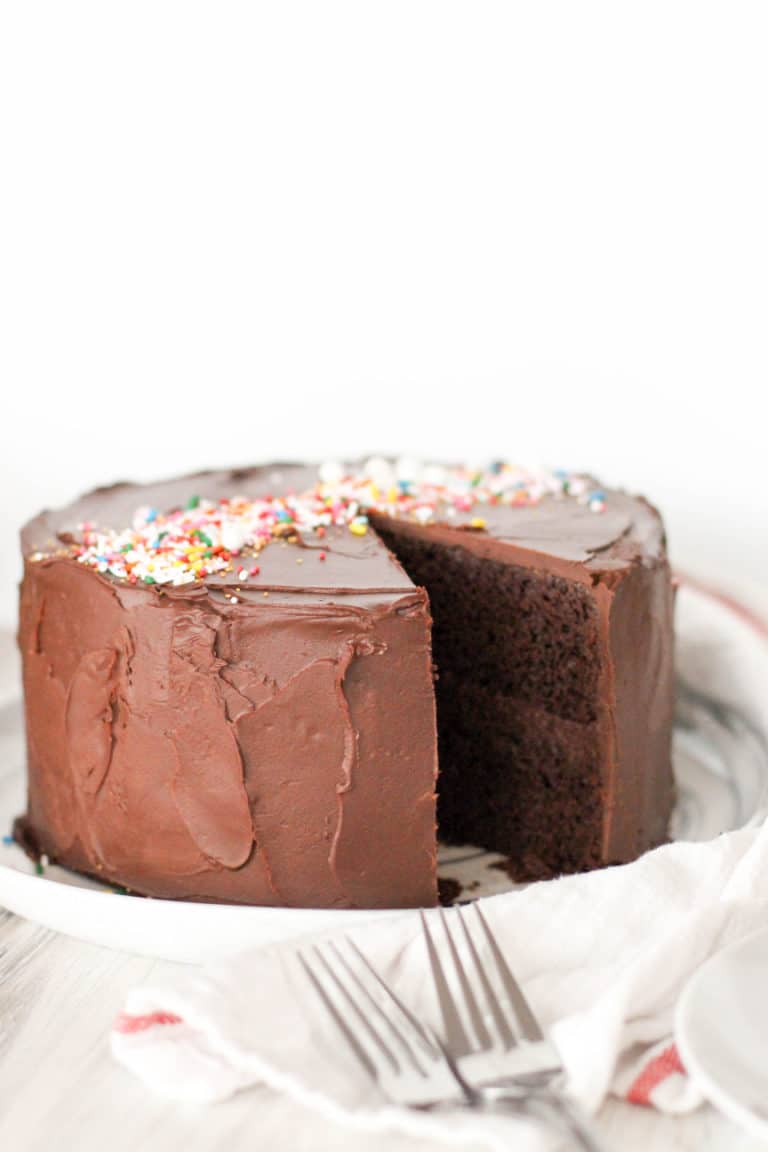

Each recipe will provide an opportunity to study when and how to adjust ingredient volumes, time and temperature at many elevations.

Watch as Molly cooks through recipes for fluffy yeast rolls, seasonal fruit pie, and a perfectly light vanilla cake, then sample "before-and-after" versions of classic chocolate chip cookies. Learn the fundamentals of high altitude baking in this demonstration-style class!Įxplore the role that each ingredient plays in achieving a perfect finished product and study keys to successful home baking from a scientific perspective. July 2005.Home:: Cooking Classes:: Class Descriptions:: High Altitude Baking with Molly Mix No altitude adjustment for time on Pressure Cooking is needed if you start timing from when pressure is reached. Unless a recipe specifies otherwise, assume its baking directions are for sea level. Yeast rising: Use ⅕ less yeast, and /or allow for a faster rising time.Helps batter / dough set before the extra leavening can stretch it all, causing it to collapse Temperature: Increase temperature by 25 F / 15 C.This helps adjust for sugar becoming too concentrated owing to moisture evaporation Sugar: subtract anywhere from 1 to 3 tablespoons of sugar per cup (8 oz / 225 g) called for.This helps adjust for faster evaporation of water Increase liquid by 1 tablespoon (up to 4 tablespoons, if you are over 4,900 feet / 1,500 metres) per cup (8 oz / 250 ml) called for. Flour: Add 1 tablespoon per cup (5 oz / 140 g) called for.Fat: reduce fat by 1 to 2 tablespoons per cup (8 oz / 225 g.) This helps cakes set faster, and reduces fat which softens the structure of your baked good in an environment where you actually want to strengthen it.Beating instead only to a very soft peak will give the egg white a bit more pliability to handle the extra leavening

If the recipe uses beaten egg white, don’t beat to a stiff peak, even if the recipe says so. Egg: Add an additional egg (or egg white or yolk.) This helps improve structure.This helps adjust for the ease with which rising will happen Chemical Leavener: reduce baking powder by anywhere from ⅛ to ½ teaspoon per teaspoon called for.Try one adjustment each time until the recipe seems to come out right. Here’s a list of other adjustments to recipes that are often tried. Bread may need less yeast, a shorter rising time, and less flour (to account for the drier flour.) Most bread machines come with special instructions for use at high altitudes.Anything with whipped egg white should only be beaten to a very soft peak.Cakes may need less leavener, less sugar, more flour, another egg and increased oven temperature and perhaps slightly reduced baking time.Muffins will need a tad less leavener, less sugar and a tad more liquid.Pie doughs and baking powder biscuits may need a tad more liquid, owing to the drier flour.Cookies that are meant to be chewy will turn out too crisp and too sweet, because of the higher than usual moisture evaporation making them hard, and concentrating the sugar they may be helped by less sugar, by the addition of an extra egg (if called for), and increased oven temperature.Generally, pans have to be well lined with a baking paper, or well greased and dusted with flour.Įach type of baked good will present its own set of problems: baking powder), and re-balancing items such as fat and eggs with the flour in a recipe.

People baking at high altitudes have to learn several tricks such as reducing leavener (e.g. Fats such as butter will melt faster, because the water in them evaporates faster. Or, so much rising can happen that the structure of the batter created by your ingredients won’t be able to contain it all, and it will just collapse.įlour stored at high altitudes may be drier, because the air is drier. it might taste sweeter than it was meant to.) Because it rises more quickly you may end up with large air bubbles in your dough, giving your baked good a coarse texture. This can mean that baked goods are more likely to stick or that flavours may be more concentrated (e.g. However, it will also dry out faster, because at high altitudes water reaches a boiling point more quickly. If there’s less air weight on your baked good, it can rise more easily, which stands to reason. You won’t see the difference between the 1st floor of an apartment building and the 10th flour, but you will see a difference between baking at sea level and baking at 3,500 feet (1,000 metres.) The challenges are caused by the weight of air, better known as “air pressure.” The higher up you are, the less air there is weighing down on you (and your Angel Food Cake) which is to say, there’s less air pressure. Being at a high altitude poses special challenges when Baking.


 0 kommentar(er)
0 kommentar(er)
